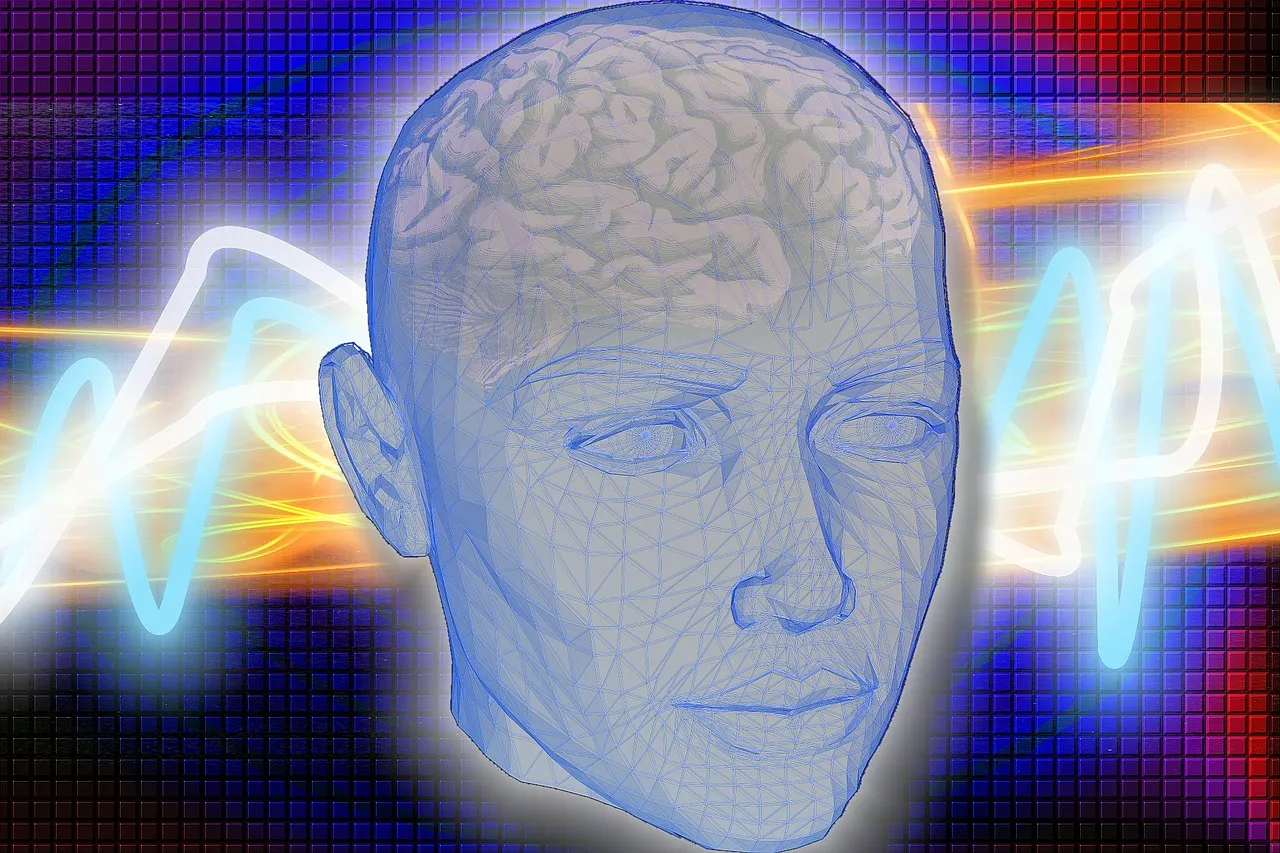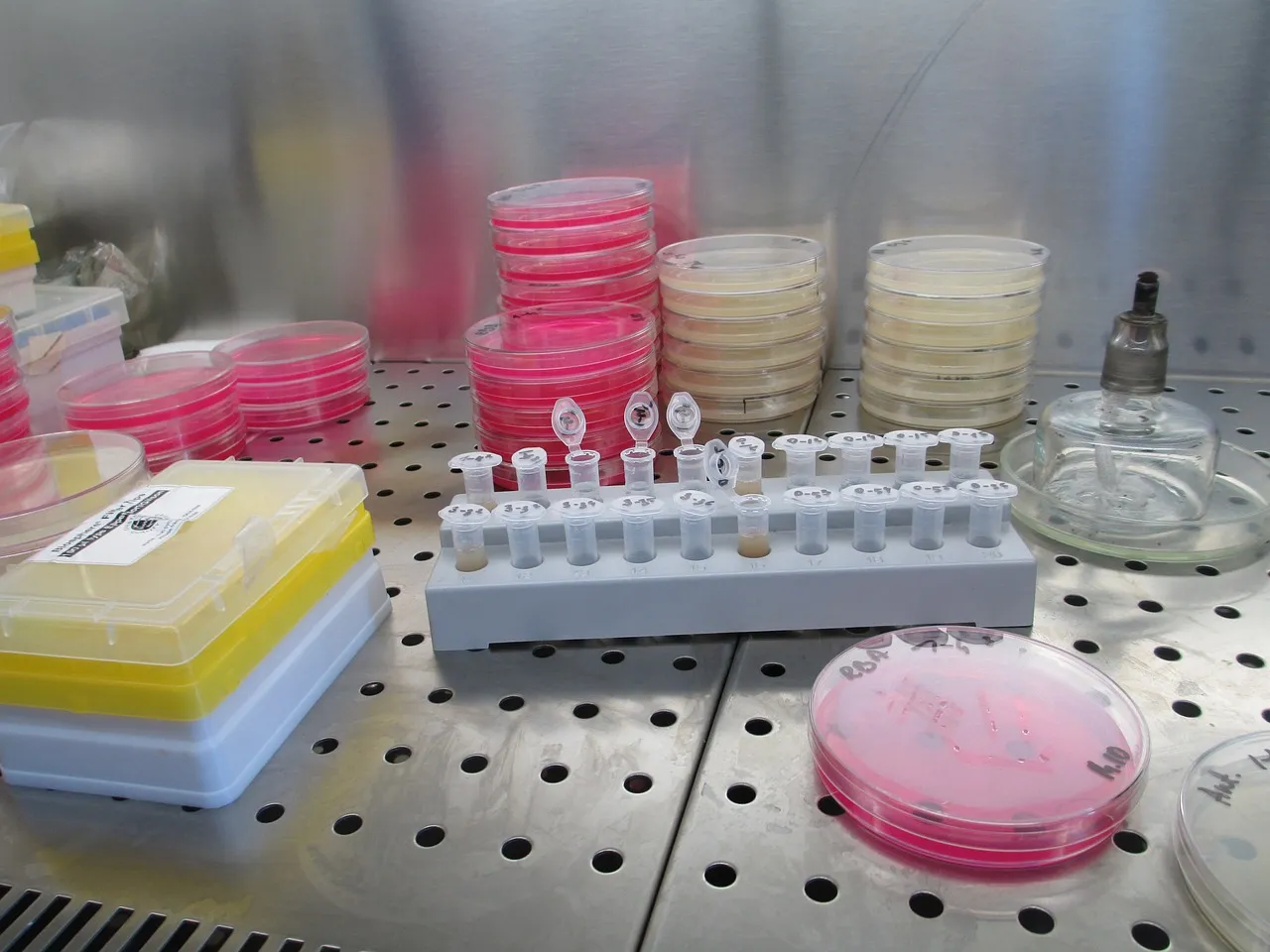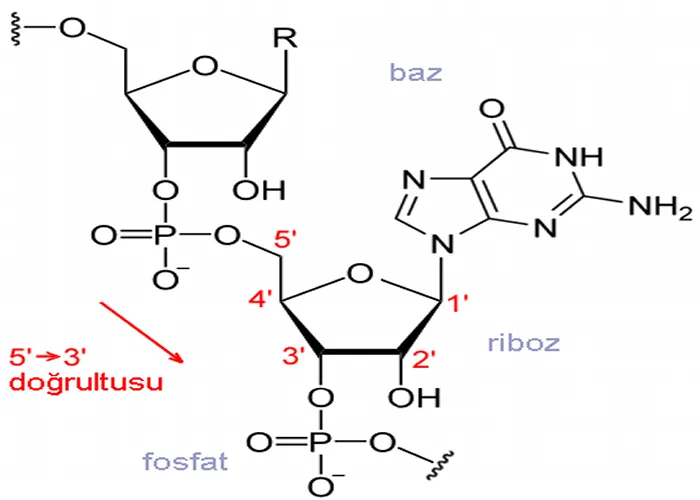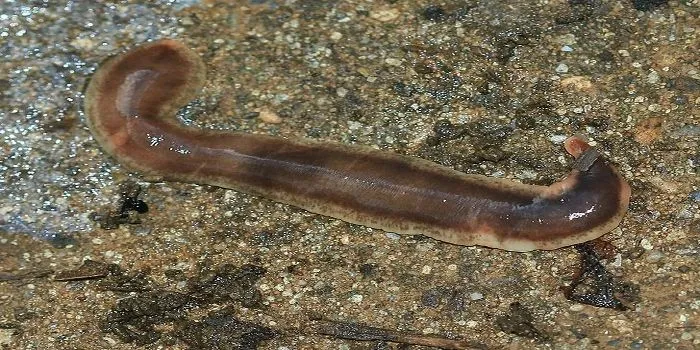The mention of memory transfer between two living creatures may sound unheard-of and impossible to an ordinary person but the great work of researchers at the University of California, Los Angeles, may have demonstrated that this is not a science fiction. In the study, published in eNeuro, the online Journal of Society for Neuroscience, and which appears to challenge the traditional views as to where and how memories are stored in the brain, the researchers were able to prove that it's possible to transplant memories from one living creature to another via RNA injection.

[Source: Pixabay commons. CC0 licensed]
In the research, molecules from one simple form of (shock) memory was taken from the brain cells of a trained sea snail and implanted into an untrained sea snail's brain cells. And the untrained snail was found to have acquired the unique traits of the trained snail (and behaved like it) by remembering the external facts that formed the basis of the trained snail's experience.
Why sea snails were chosen for the experiment and the original sea snail training experiment
Sea snails as perfect choice
Although we humans neither have shells nor have an inherent ability to secret sulphuric acid like sea snails, but we have got a lot in common with them in the area of brain composition and function. Neuroscientists have been studying sea snails for a long time and so know quite a lot about the organism and even how they learn things.
For instance, the brain of many marine organisms have similar functionalities like those of mammals albeit in a simpler manner. Marine organisms have 20,000 neurons as against humans' 100 billion. And so just like humans, they can transmit nerve impulses via the activities of their neurons. This may have influenced why they were selected as the test subjects for this experiment.
The sea snail training experiment
This experiment was made possible, thanks to funds from the National Institute of Health and the National Science Foundation. In the experiment, sea snail Aplysia californica was exposed to a mild electric shock that is just enough to trigger a sort of defensive curl reflex, which can be likened to how we humans exhibit reflex actions when we accidentally touch a hot object.

[Aplysia californica. Source: Wikimedia commons. Author: Genny Anderson. CC BY-SA 4.0 licensed]
In the training experiment, it was discovered that while the trained Aplysia californica would curl up for between 40 and 50 seconds as learned defensive mechanism in response to the external stimuli (i.e multiple mild shocks), the untrained Aplysia californica curled up for only a brief moment as a defensive response to touch stimulus (no mild shock).
The researchers then extracted RNA from the nervous system of the trained snails (i.e snails that had been subjected to mild shock) and injected it into untrained snails (i.e those, not subjected to any shock). Primarily, RNA acts as a messenger that transports protein-making information from DNA. However, after the successful injection of the RNA from the shocked snails, the untrained snails curled up for an extensive period (40 to 50 seconds as though they were trained snails) when slightly touched. Control snails that received RNA injection from snails that weren't subjected to a mild shock didn't curl up for as long.
“It’s as if we transferred a memory,” David Glanzman, who heads the team that were involved in the experiment, said. Source
Petri dish technique
The team went further to show that Aplysia sensory neurons placed in Petri dishes would remain at rest without any observable excitation. However, when RNA from shocked sea snails were introduced into the same petri dish, the dish content were observed to be more excitable. Again, if the RNA were to be from sea snails that hadn't been shocked before, the dish content were observed to not be more excitable.

[Source: Pixabay commons. CC0 licensed]

The above experiments seem to prove that memories are not only physically stored in the body but can be transferred or altered. And thus did a huge blow to the longstanding scientific debate over where and how memories are stored and in which the majority are of the opinion that memories are stored in the synapses. Synapses are basically the spaces between nerve cells.
The team observed that this experiment would not have been a success if indeed memories were stored in synapses. It also hinted on the possibility of RNA playing a major role in the way memories are stored.
“If memories were stored at synapses, there is no way our experiment would have worked,” the study author David Glanzman told the BBC. Source
The results, said Glanzman, suggest that memories may be stored within the nucleus of neurons, where RNA is synthesized and can act on DNA to turn genes on and off. He said he thought memory storage involved these epigenetic changes—changes in the activity of genes and not in the DNA sequences that make up those genes—that are mediated by RNA. Source

[RNA chemical structure. Source: Wikimedia commons. Author: InfoCan. Public domain licensed]
Before David Glanzman, there was James V. McConnell
David Glanzman was not the first scientist to question the agelong, entrenched and widely held belief that memories are stored via changes in the strength of synapses. Before ever David Glanzman's experiments became a public knowledge, James V. McConnell, a psychologist at the University of Michigan, spent years in the 50's and 60's trying to demonstrate that something (a factor) that is not found within the brain could transfer memories. He termed this factor memory RNA and would later carry out experiments in support of his argument.
In the experiment...McConnell trained flatworms and then fed the bodies of trained worms to untrained worms. The untrained worms then appeared to exhibit the behavior of the trained worms they’d cannibalized, suggesting that memories were somehow transferred. He also showed that trained worms that were beheaded could remember their training after they grew new heads. Source
Although colleagues of McConnell at that time didn't take the finding of his work seriously and were actually making fun of it until his death in 1990, there has been quite an increasing number of scientists who claimed to have successfully replicated McConnell's experiment and now canvassing support for it.

[New Zealand Flatworm. Source: Wikimedia commons. Author: Flickr user Rae's. CC BY 2.0 licensed]
Michael Levin, a developmental biologist at Tufts was the first who claimed to have replicated McConnell's experiments by using beheaded worms and thinks McConnell may have been correct. Another person to make a similar claim, according to David Glanzman, was McConnell's student named Al Jacobson. He claimed to have successfully transferred memories between two flatworms by means of RNA injection. His work was published in Nature in 1966. And was later replicated in rats.
But there are many different types of RNA, and Glanzman’s team plans to do more research to figure out determine which types most directly impact memory. Source

The scientists involved in this disruptive research are of the view that their works might one day enable us to "modify, enhance or depress memories", a development that will allow us to create new and effective treatments for disorders of memory like dementia, Alzheimer's and Post-Traumatic Stress Disorder (PTSD).
Conclusion
Despite the successes recorded by these disruptive experiments, they do not by any means represent a consensus by scientists as to where and how memories are stored. All the experiments so far made in this regard were all straightforwards, involving only basic responses (using snail brain) and not complex (human brain). It will certainly take some time before scientists can successfully transplant memories in humans. Thanks for reading.
References for further reading
- Scientists transferred memories from one snail to another. Someday, they could do the same in humans
- Memory transferred between snails, challenging standard theory of how the brain remembers
- Scientists just transferred memories from one creature to another
- Memory transfer performed by scientists between two snails
Yours truly,
@eurogee
Follow @eurogee, the Steemit's Witness Voting Advocate & Host, Show Us Your Witnesses Weekly Contest. Follow @euronation, An International Support Scheme For New And Struggling Steemians
Join us on Telegram and whatsaap through the below links:

Don't Exit Without Voting For Witnesses!
No Witnesses = No Steem Blockchain; If You Truly Love Here, Vote For Witnesses NOW!
Click This Link To Vote Now
Witnesses are equivalent to life and blood of steem blockchain. Without them, the blockchain will seize to function and we will all be stranded here. Click here to read more on why it is important to vote for witnesses

